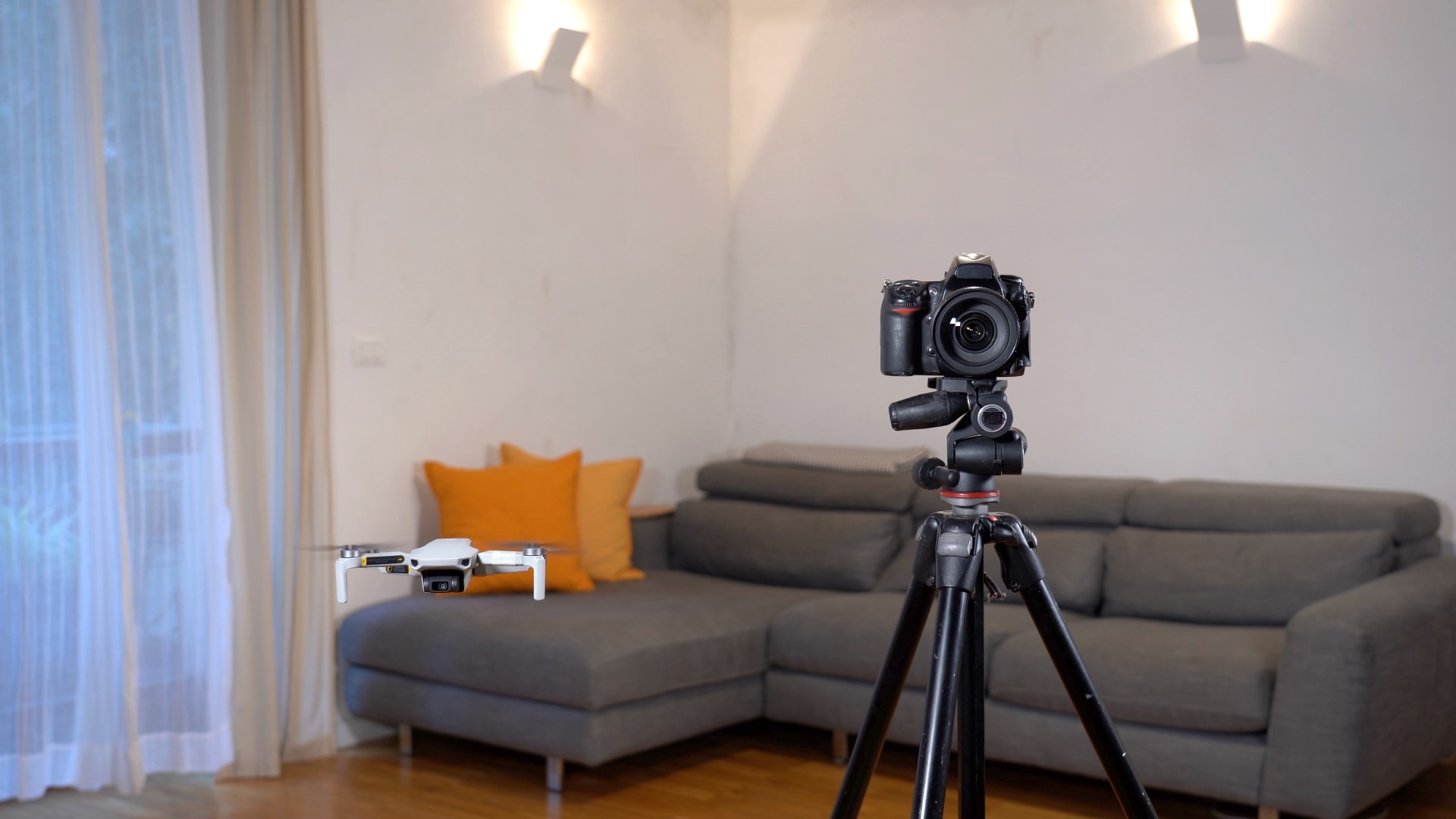Real estate photography is an interesting and challenging field. As a real estate photographer, your job is to capture the best images of properties for sale or rent. You need to be able to take pictures that highlight the features of a property and make it look attractive to potential buyers. In this article, we will explore what it’s like to be a real estate photographer and the challenges that come with this profession.
Introduction
Real estate photography has become increasingly important in recent years as buyers and renters look to online listings to find their next home. A good photographer can make all the difference when it comes to selling a property quickly and for the right price. In this article, we will take a look at what it’s like to work as a real estate photographer, from the equipment you need to the skills required to succeed.
The Life of a Real Estate Photographer
Preparing for a Shoot
As a real estate photographer, your workday often starts with a phone call or email from a real estate agent or homeowner. Some companies like ours have online quote and order booking system to simplify this time consuming part of the business. They will provide you with the address of the property to be photographed and the time that they need the photos by. From there, you will need to start preparing for the shoot.
The first step is to research the property and the neighborhood it’s located in. This will help you understand the property’s unique features and how to showcase them in your photos. You will also need to check the weather forecast to ensure that you can shoot in the best possible lighting conditions.
Equipment Needed
To take high-quality real estate photos, you will need the right equipment. This includes a professional camera with a wide-angle lens, a tripod, and, sometimes a flash. A wide-angle lens is essential for capturing the full view of a room, while a tripod will keep your camera steady and prevent blurry shots. A flash is necessary to balance the lighting in a room and prevent harsh shadows.
Read our The Pros and Cons of Using Flash and HDR Photography Techniques in Real Estate blog post to learn about two most commonly used photography techniques.
On-Site Shooting
Once you arrive at the property, you will need to assess the space and plan your shots. This involves looking for the best angles and lighting conditions to showcase the property’s unique features. You will need to take a series of shots from different angles to give potential buyers a complete view of the property.
During the shoot, you will need to pay attention to details such as lighting, composition, and perspective. You may need to adjust the lighting in each room to get the best possible shot, or move furniture around to create the perfect composition. It’s essential to take your time and ensure that every shot is of the highest quality.
Post-Production
After the shoot, you will need to process and edit the photos. This involves selecting the best shots and adjusting the color, contrast, and exposure as needed. You may also need to remove any unwanted elements from the photos, such as clutter or reflections.
Post-production is an essential part of the real estate photography process. The final images must be of the highest quality and showcase the property in the best possible light.
Challenges of Real Estate Photography
While real estate photography can be a rewarding career, it’s not without its challenges. Here are some of the common challenges that real estate photographers face:
Time Constraints
Real estate agents often need photos of a property as quickly as possible to list it online. This means that photographers must work quickly and efficiently to meet tight deadlines.
Varying Lighting Conditions
Properties can have different lighting conditions depending on the time of day and the weather. Photographers must be able to adjust the lighting to get the best possible shots in any conditions.
Working with Clients
Real estate agents and homeowners may have different ideas about how to showcase a property. Photographers must be able to work with clients to understand their needs and deliver the best possible photos.
How to Succeed as a Real Estate Photographer
To succeed as a real estate photographer, you need to have a combination of technical skills and creativity. Here are some tips on how to make it in this field:
Develop Technical Skills
Real estate photography requires a strong understanding of photography techniques and equipment. You need to know how to use a wide-angle lens, tripod, and flash to capture the best possible images. In addition, drone photography has become increasingly popular in real estate, allowing you to capture stunning aerial shots of properties. You should also have a good understanding of post-production techniques, including editing software and techniques for retouching photos.
Develop a Creative Eye
In addition to technical skills, real estate photographers need to have a creative eye. You need to be able to see the potential in a space and find unique angles and perspectives to showcase its features. You should also have an eye for detail and be able to create compelling compositions that draw the viewer’s eye.
Offer Additional Services
As a real estate photographer, you can also offer additional services such as real estate video shooting and 3D virtual tours. Real estate video shooting involves creating a short video that showcases the property and its features, giving potential buyers a better sense of what it’s like to live there. 3D virtual tours, on the other hand, allow potential buyers to virtually walk through the property and explore it in detail, providing a more immersive experience. By offering these additional services, you can differentiate yourself from the competition and provide more value to your clients.
Build Strong Relationships with Clients
Real estate agents and homeowners are your clients, and building strong relationships with them is essential to your success. You should be able to communicate clearly and effectively with them, understand their needs and expectations, and deliver photos that meet their requirements.
Stay Up to Date with Trends
The real estate industry is constantly changing, and it’s essential to stay up to date with the latest trends and techniques. You should be familiar with the latest technology, such as drones and virtual tours, and be able to incorporate them into your work to stay ahead of the competition.
Conclusion
Real estate photography is a challenging but rewarding career that requires a combination of technical skills and creativity. As a real estate photographer, you will need to be able to capture the best possible images of properties and deliver them to clients quickly and efficiently. By developing your technical skills, offering additional services, building strong relationships with clients, and staying up to date with the latest trends, you can succeed in this exciting field.
FAQs
- What equipment do I need to become a real estate photographer?
- You will need a camera with a wide-angle lens, tripod, and flash to take high-quality real estate photos. In addition, drone photography equipment and 3D virtual tour equipment can be helpful to expand your services.
- How do I become a real estate photographer?
- You can start by building your portfolio and developing your technical skills. You can also network with real estate agents and homeowners to find potential clients.
- What are the biggest challenges of real estate photography?
- Time constraints, varying lighting conditions, and working with clients are some of the common challenges of real estate photography.
- What skills do I need to succeed as a real estate photographer?
- You need a combination of technical skills and creativity to succeed as a real estate photographer. This includes a good understanding of photography techniques and equipment, an eye for detail and composition, and strong communication skills to build relationships with clients.
- How important are additional services like real estate video shooting and 3D virtual tours?
- Offering additional services like real estate video shooting and 3D virtual tours can differentiate you from the competition and provide more value to your clients. They can also help you

BIG PICTURE 360 IS A PHOTOGRAPHY
Learn more about our real estate photography, virtual tours, and drone photography services. Get an instant photography services quote.

